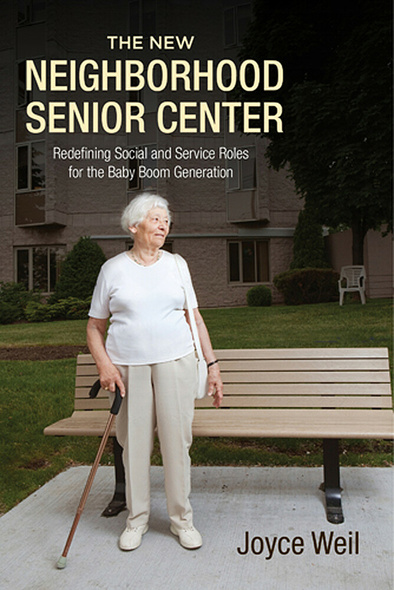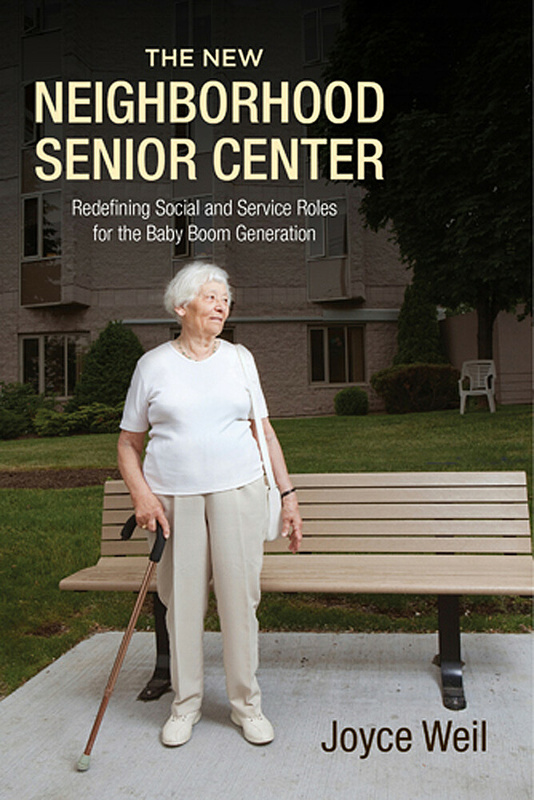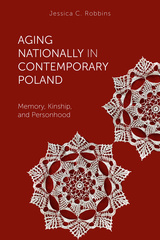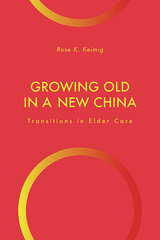
The New Neighborhood Senior Center
Redefining Social and Service Roles for the Baby Boom Generation
Weil asks interesting questions about structure and agency in relation to senior centers—particularly so in a time when delivery of services to older adults is changing. Her senior center is an important focal point for looking at the larger issues around funding, services, community, and the social connections of elders.
Weil has made a significant contribution to the field of gerontology in her engaging and comprehensive book. She captures the essence of 'old meets new' and tackles important issues related to the 'new old' and the 'new senior center.' A must read for students, faculty, and anyone who plans on living a long life.
A thorough and multilayered analysis of senior centers at an important time in policy for social service resources for older Americans. Weil delivers a scholarly treatment of how senior centers are inherently part of their community and involved in a complex web of social, cultural, economic, political, and policy factors that determine and shape their viability. Highly recommended.
This book taught me a lot about senior centers. It is accessibly written and suitable for undergraduate classes, while scholars interested in gerontology, aging and the life course, and public health will find this book a useful contribution to our understanding of senior centers in a community context.
List of Tables
Preface
Acknowledgments
Introduction: Shuttered
1 The History of Senior Centers: The Rise of the Center Movement and How Centers Form Spatial Identity
2 The Case of the Center before Shuttering: The Daily Life of the Center
3 Reconstructing Shuttering in a Larger Social Context: Political and Media Accounts
4 The Case of the Center as It Is Shuttered: Larger Changes Hit the Center
5 The Organizational Embeddedness of Capital: Being Saved and Being Sunk
6 Poor Centers: The Politics of Age and Class in Neighborhood Context
7 Reconceptualizing Centers: The Baby Boomers and Their Perceived Needs
8 Beyond Rebranding: Using Policy to Building a Sustainable Core
Appendix A: Self-reflection: My Experience in the Field
Appendix B: Methods
Notes
References
Index







